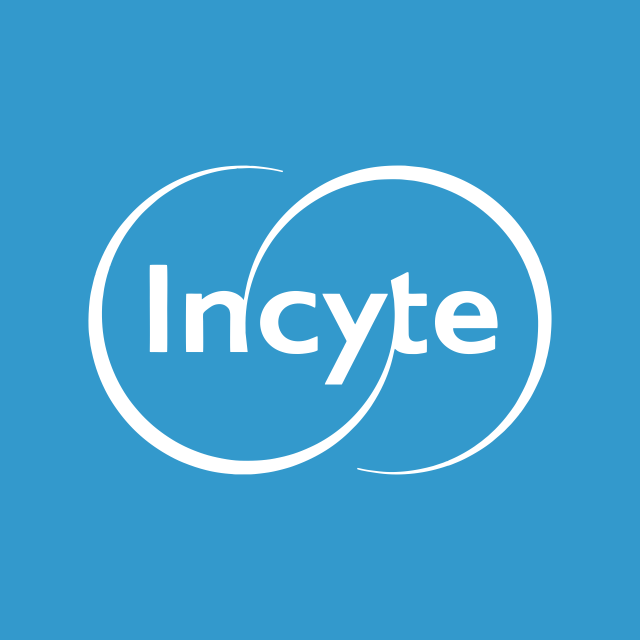Company Analysis Autolus Therapeutics plc
1. Summary
Advantages
- Price (1.59 $) is less than fair price (4.44 $)
Disadvantages
- Dividends (0%) are below the sector average (0.5467%).
- The stock's return over the last year (-74.57%) is lower than the sector average (-25.51%).
- Current debt level 14.11% has increased over 5 years from 8.64%.
- The company's current efficiency (ROE=-186.93%) is lower than the sector average (ROE=9.01%)
Similar companies
2. Share price and performance
2.1. Share price
2.2. News
18 november 17:59 Blackstone to invest up to $250 million in Autolus Therapeutics of U.K.
2.3. Market efficiency
| Autolus Therapeutics plc | Healthcare | Index | |
|---|---|---|---|
| 7 days | -18.2% | -20.9% | -2% |
| 90 days | -29.5% | -25.3% | -12.1% |
| 1 year | -74.6% | -25.5% | 6.4% |
AUTL vs Sector: Autolus Therapeutics plc has significantly underperformed the "Healthcare" sector by -49.06% over the past year.
AUTL vs Market: Autolus Therapeutics plc has significantly underperformed the market by -80.94% over the past year.
Stable price: AUTL is not significantly more volatile than the rest of the market on "NASDAQ" over the last 3 months, with typical variations of +/- 5% per week.
Long period: AUTL with weekly volatility of -1.43% over the past year.
3. Summary of the report
4. Fundamental Analysis
4.1. Stock price and price forecast
Below fair price: The current price (1.59 $) is lower than the fair price (4.44 $).
Price significantly below the fair price: The current price (1.59 $) is 179.2% lower than the fair price.
4.2. P/E
P/E vs Sector: The company's P/E (0) is lower than that of the sector as a whole (57.09).
P/E vs Market: The company's P/E (0) is lower than that of the market as a whole (48.45).
4.2.1 P/E Similar companies
4.3. P/BV
P/BV vs Sector: The company's P/BV (10.2) is higher than that of the sector as a whole (4.61).
P/BV vs Market: The company's P/BV (10.2) is higher than that of the market as a whole (3.38).
4.3.1 P/BV Similar companies
4.4. P/S
P/S vs Sector: The company's P/S indicator (669.95) is higher than that of the sector as a whole (33.5).
P/S vs Market: The company's P/S indicator (669.95) is higher than that of the market as a whole (10.23).
4.4.1 P/S Similar companies
4.5. EV/Ebitda
EV/Ebitda vs Sector: The company's EV/Ebitda (-5.05) is higher than that of the sector as a whole (-19.46).
EV/Ebitda vs Market: The company's EV/Ebitda (-5.05) is lower than that of the market as a whole (15.44).
5. Profitability
5.1. Profitability and revenue
5.2. Earnings per share - EPS
5.3. Past profitability Net Income
Yield Trend: Rising and has grown by 9.35% over the last 5 years.
Earnings Slowdown: The last year's return (0%) is below the 5-year average return (9.35%).
Profitability vs Sector: The return for the last year (0%) is lower than the return for the sector (38.84%).
5.4. ROE
ROE vs Sector: The company's ROE (-186.93%) is lower than that of the sector as a whole (9.01%).
ROE vs Market: The company's ROE (-186.93%) is lower than that of the market as a whole (8.97%).
5.5. ROA
ROA vs Sector: The company's ROA (-55.51%) is lower than that of the sector as a whole (0.0151%).
ROA vs Market: The company's ROA (-55.51%) is lower than that of the market as a whole (6.3%).
5.6. ROIC
ROIC vs Sector: The company's ROIC (-46.84%) is lower than that of the sector as a whole (7.63%).
ROIC vs Market: The company's ROIC (-46.84%) is lower than that of the market as a whole (10.96%).
7. Dividends
7.1. Dividend yield vs Market
Low yield: The dividend yield of the company 0% is below the average for the sector '0.5467%.
7.2. Stability and increase in payments
Unstable dividends: The company's dividend yield 0% has not been consistently paid over the past 7 years, DSI=0.
Weak dividend growth: The company's dividend yield 0% has been growing weakly or stagnant over the past 5 years. Growth over only 0 years.
7.3. Payout percentage
Dividend Coverage: Current payments from income (0%) are at an uncomfortable level.
Pay for your subscription
More functionality and data for company and portfolio analysis is available by subscription





